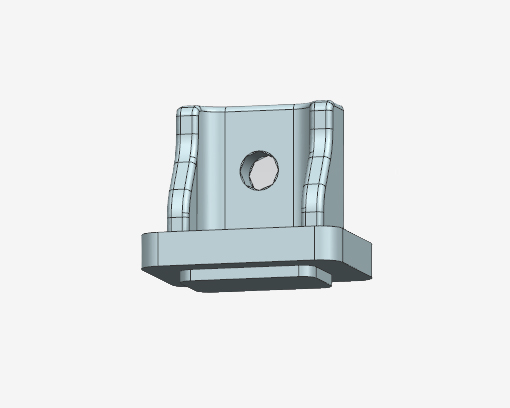1. The raw materials used in the processing of metal stamping parts in Kunshan must comply with the relevant metal material specifications such as GB 710-65 "Technical prerequisites for high-quality carbon steel thin steel plates" and GB 2517-81 "Hot rolled steel plates and strips for general structural use", and meet the requirements for the supply status or other aspects of the materials.
2. The raw materials for metal stamping parts should have a quality certificate, which ensures that the materials meet the specified technical requirements. When there is no quality certificate or for other reasons, the metal stamping parts manufacturer can choose raw materials for re inspection as needed.
3. Chemical analysis and metallographic inspection: Analyze the content of chemical elements in materials; Determine the grain size level and average degree of the material; Assess the grade of free carbides, banded structures, and non-metallic inclusions in the material; Check for defects such as shrinkage and looseness in the material. Forming function test: Conduct bending test and cupping test on the material to determine the work hardening index n value and plastic strain ratio r value of the material. The testing method for steel plate forming function can be carried out according to the provisions of thin steel plate forming function and testing method.

4. The accuracy and surface condition of hot metal stamping parts are lower than those of cold metal stamping parts, but still better than castings and forgings, with less cutting processing. Measurement of other functional requirements: measurement of the electromagnetic function of materials and the adhesion ability of coatings and coatings.
5. Stamping can produce workpieces with reinforcing ribs, ribs, undulations, or flanges that are difficult to manufacture by other methods, in order to improve their rigidity. Due to the use of precision molds, the precision of the workpiece can reach micrometer level, with high repeatability and consistent specifications, allowing for the punching of holes, protrusions, etc.





